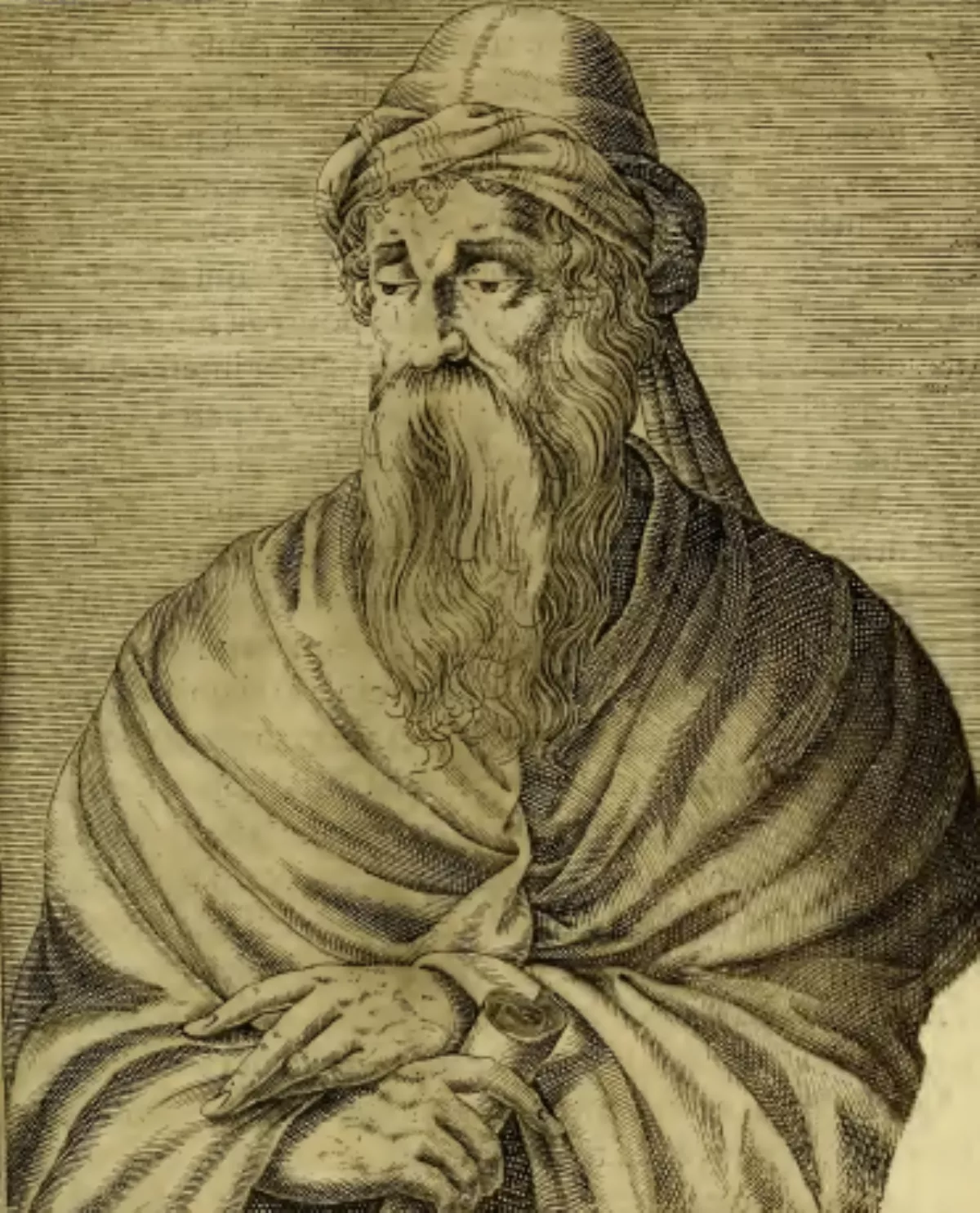 1.
1. Theodoret played a pivotal role in several 5th-century Byzantine Church controversies that led to various ecumenical acts and schisms.

 1.
1. Theodoret played a pivotal role in several 5th-century Byzantine Church controversies that led to various ecumenical acts and schisms.
Theodoret wrote against Cyril of Alexandria's 12 Anathemas which were sent to Nestorius and did not personally condemn Nestorius until the Council of Chalcedon.
Theodoret was the child of a prosperous Antiochene couple who had been childless for many years.
The evidence given by Theodoret suggests that his education was exclusively religious.
Theodoret paid weekly visits to Peter the Galatian, was instructed by Macedonius and other ascetics, and at an early age became a lector among the clergy of Antioch.
Theodoret studied the works of Diodore of Tarsus and Theodore of Mopsuestia as it was certainly their theological tradition in which he was brought up.
Theodoret clearly received an extensive classical education, unsurprisingly for the child of prosperous parents in a city which had long been a centre of secular learning and culture.
Theodoret understood Syriac as well as Greek, but was not acquainted with either Hebrew or Latin.
Theodoret, supported only by the appeals of the intimate hermits, himself in personal danger, zealously guarded purity of the doctrine.
Theodoret converted more than 1,000 Marcionites in his diocese, besides many Arians and Macedonians; more than 200 copies of Tatian's Diatessaron he retired from the churches; and he erected churches and supplied them with relics.
Theodoret stands out prominently in the Christological controversies aroused by Cyril of Alexandria.
Theodoret shared in the petition of John I of Antioch to Nestorius to approve of the term theotokos, and upon the request of John wrote against Cyril's anathemas.
Theodoret was determined to preserve the peace of the Church by seeking the adoption of a formula avoiding the unconditional condemnation of Nestorius, and toward the close of 434 strove earnestly for the reconciliation between the Eastern churches.
Theodoret was compelled to leave Cyrrhus and retire to his monastery at Apamea.
Theodoret made an appeal to Leo the Great, but not until after the death of Theodosius II in 450 was his appeal for a revocation of the judgments against him granted by imperial edict.
Theodoret was ordered to participate in the Council of Chalcedon, which created violent opposition.
Theodoret was first to take part only as accuser, yet among the bishops.
The most significant works of Theodoret are those of exegesis.
Not familiar with Hebrew, Theodoret uses the Syriac translation, the Greek versions, and the Septuagint.
Theodoret's aim is to avoid a one-sidedness of literalness as well as of allegory.
Theodoret is clear and simple in thought and statement; and his merit is to have rescued the exegetical heritage of the school of Antioch as a whole for the Christian Church.
However, both Lebon and Sellers independently recognised it as the work of Theodoret, probably pre-dating the outbreak of the Christological controversies.
Theodoret mentions having written against Arius and Eunomius, probably one work, to which were joined the three treatises against the Macedonians.
The Ecclesiastical History of Theodoret, which begins with the rise of Arianism and closes with the death of Theodore in 429 is very different in style from those of Socrates Scholasticus and Sozomen.
In several works, Theodoret demonstrated an interest for linguistic issues related to translations of sacred texts and theological works, with emphasis on literary exchange between two languages, Greek and Syriac.
Theodoret himself belonged to the highly Hellenized urban landscape of Roman Syria, but his Aramaic background, accompanied with knowledge of Aramaic language, enabled him to note several features of his ancestral language.